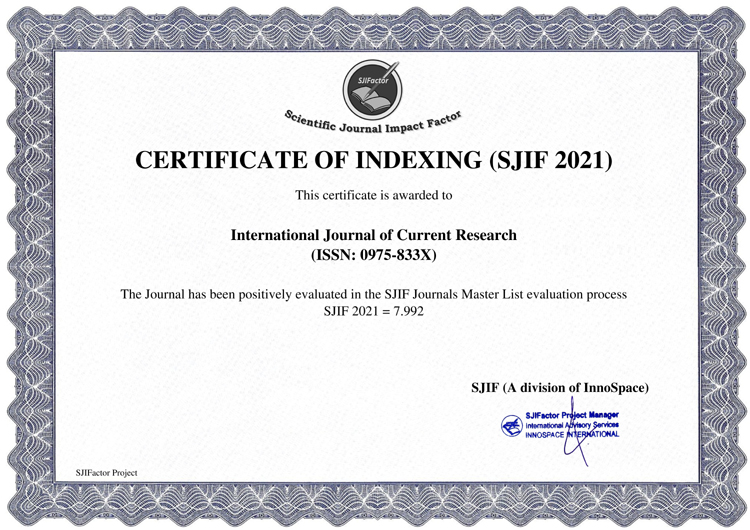Tamarind belongs to the family Fabaceae (Leguminosae), subfamily Detarioideae, tribe Amherstieae, genus Tamarindus and species Tamarindus indica. The name derives from Arabic: romanized tamr hindi, "Indian date". Several early medieval herbalists and physicians wrote tamar indi, medieval Latin use was tamarindus, and Marco Polo wrote of tamarandi. In Colombia, Nicaragua, Costa Rica, Ecuador, Cuba, the Dominican Republic, Guatemala, El Salvador, Honduras, Mexico, Peru, Puerto Rico, Venezuela, Italy, Spain, and throughout the Lusosphere, it is called tamarindo. In those countries it is often used to make the beverage of the same name (or agua de tamarindo). In the Caribbean, tamarind is sometimes called tamón. Countries in Southeast Asia like Indonesia call it asam jawa (Javanese sour fruit) or simply asam, and sukaer in Timor. While in the Philippines, it is called sampalok or sampaloc in Filipino, and sambag in Cebuano.Tamarind (Tamarindus indica) is sometimes confused with "Manila tamarind" (Pithecellobium dulce). While in the same taxonomic family Fabaceae, Manila tamarind is a different plant native to Mexico and known locally as guamúchili. Common names are Tamarind, tamarind tree (English); tamarindo (Spanish/Italian); tamarinier (French); tamarindeiro, tamarineiro, tamarineira (Portuguese); tamarinde (Afrikaans/Dutch); Tamarindenbaum (German); asam jawa (Indonesian); asem jawa (Javanese); Tsamiya (Hausa); raqay (Somali); Sampalok (Tagalog); Demirhindi (Turkish). Imli (Hindi, Punjabi), Tetul (Bengali), Amli (Gujarati), Hunise hannu (Kannada), Tamber (Kashmiri), Puli (Malayalam, Tamil), Chintha pandu (Telugu), Chinch (Marathi), Tentuli (Oriya). Odhisa, Bihar, Maharashtra, Tamil Nadu, Andhra Pradesh and Himalayan tract. Imlee, Imli, Tamarin, Tamarindo, Tamarindus indica. Tamarind scientifically known as Tamarindus indica derives from the Persian word Tamar e hind means ‘Indian date’ is a tree in the Fabaceae family. The genus Tamarindus is having an single species only. Tamarind tree is a very popular Indian tree & a very charming tree. It is a member of the leguminosae family and Caesalpinieae sub family. There are different names to Tamarind called in different regional languages for instance imli in Hindi, Puli in both Tamil and Malayalam, Chintapandu in Telugu and nuli or tinti in Bengali. Native to tropical Africa the tamarind grows wild throughout the Sudan. Very long ago it was introduced into India and has often been reported as indigenous there also. It is extensively cultivated in tropical areas of the world. During the 16th century it was introduced to America and today is widely grown in Mexico. In 1797 one of the first tamarind trees was planted in Hawaii. Normally the size of the tamarind tree is very large and it can reach a great age of around 200 years. The flowers of the tamarind tree are very ordinary with nice spreading branches and a canopy of bulging flora. The tree is much admired as an avenue, park or garden tree as it has very useful fruits and the timber of this tree is highly prized. It has a short but strong trunk to bear the weight of its wide and extensive top. The almost black bark is thick and some longitudinal and horizontal cracks cover it well. The tree can achieve the height of 27 metres. In the months of May and June, there appear some tiny, scented flowers in the tree in loose, lethal and sidewise sprays. They remain almost unremarkable amongst the mass of the plants. The pods are quite numerous. They significantly vary in size and shape on the same tree. Their appearance is of brown colour. At this stage they are called as Chintakaaya in Telugu. Chintakaaya pachadi is a very popular from the Andhra cuisine. After their maturity they turn off-white and brittle. A stringy pulp contains the seeds from one to ten and the pod is more or less slimmed between these seeds. The pulp is brown and acidic in some of the varieties of Tamarind and in others it is sweet but the one with reddish pulp is considered to be the best. The new and fresh leaves appear in the first months of the year and they appear even in September in some special occasions. The conversion of the tree is strange. The leaves of the tamarind tree are compound in its formation and usually divided into 10 to 12 pairs of leaflets. They are quite small and become even smaller at the end of the year. They are square, smooth and they grow diagonally. The fruit also called as the pod is about 12 to 15 cm in length with a hard brown shell. The fruit has fleshy, juicy and acidulous pulp. When matured it is colored brown or reddish brown. The tamarinds grown in Asia have longer pods containing about 6 to 12 seeds whereas in Africa and West Indies the varieties are short pods containing only about 1 to 6 seeds. The seeds too are somewhat flattened and glossy brown. A tamarind is excellent when it is sweet and sour in taste and high in acid, sugar, vitamin B and interestingly for a fruit, calcium. The fruit of tamarind tree has numerous usages. The pulp is used as an important ingredient in the curries. There are some commercial uses too. It is preserved and also sold in the markets. It is also used as a laxative in medicine. People make powder from grinding the seeds and boil it to paste with gum and make strong cement. A substitute for wheat or other flour can also be obtained from them that are used by the people. The stalks of the seeds have been employed for road surfacing as well. The scientists also discovered that the seeds could make a cheap but efficient substitute for cereal starch that is used for making the cotton yarn in proper size, for jute fabrics and for woolens. Further, the leaves and flowers of the tree are also quite useful. An infusion from the leaves can make a fine yellow dye that is used to give a green colour to silks. Though hard and very difficult to work on, the timber of the tree is of high value. People widely use this wood for making wheels, mallets, furniture, oil and sugar mills. Tamarind is harvested by pulling the pod from its stalk. A mature tree may be capable of producing up to 175 kg of fruit per year. Globally, it is most abundant in South Asia, where it is widely distributed and has a long history of human cultivation. Many South Asian regional languages have their own unique name for the tamarind fruit. It is called the tetul in Bangla; tintidi in Sanskrit, tentuli in Oriya, Imli in Hindi, amli in Gujarati, chinch in Marathi and Konkani, hunase in Kannada, chintachettu (tamaraind tree) and chintapandu (tamarind fruit) in Telugu and vaalanpuli in Malayalam. It is known as siyambala in Sinhala language in Sri Lanka. There are tamarind that taste sweet and sour but normally the taste of tamarind is very sour especially its pulp





